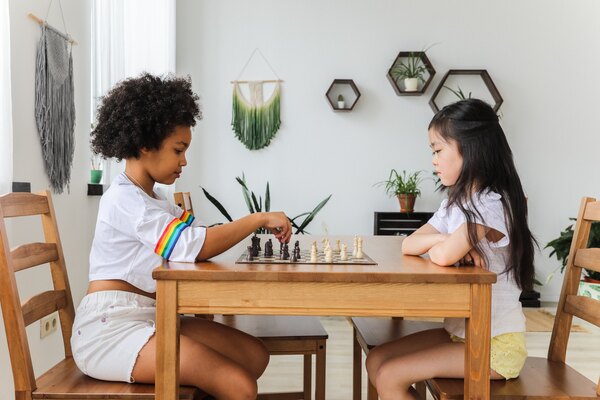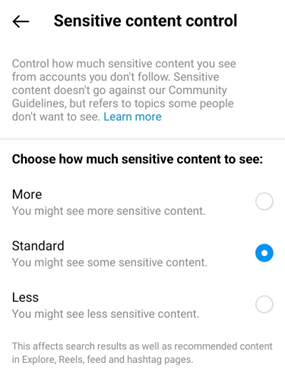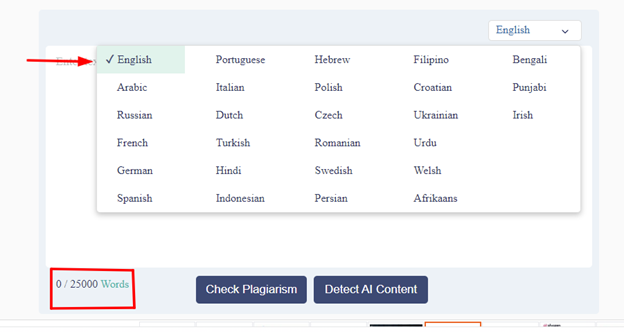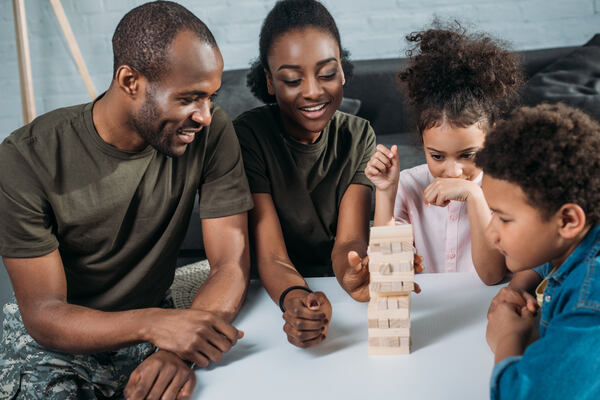Why Cultivating Your Children’s Interest in Science is Crucial for Their Development
As a parent, you always want the best for your child – that includes ensuring their overall development. One way to do this is by cultivating their interest in science from an early age. Science isn’t just about memorizing facts or conducting experiments; it’s a way of thinking and exploring the world around us.
Fostering your children’s interest in science is crucial for their growth and development. The goal should be to excel in science, not to simply get by in a subject they make not take a natural liking to. From promoting critical thinking skills to preparing them for future opportunities, there are countless benefits to nurturing a love for science in your little ones!
Fosters Curiosity and a Love for Learning

Children are naturally curious, and science can help to nurture that curiosity. By introducing your child to the wonders of science from an early age, you can encourage them to ask questions and explore the world around them. Whether you want to teach them about upcoming solar eclipses or you want them to be able to grasp a certain scientific concept, it is crucial that you make sure they are interested in the topic and that they share genuine curiosity about the subject at hand.
Science provides a framework for understanding how things work, from the smallest particles in our bodies to the vastness of space. When children learn about science, they begin to see connections between different phenomena and develop an appreciation for how everything is interconnected.
It’s also worth noting that when children find something interesting, they tend to want to learn more about it on their own – which is precisely what you want! Encouraging your child’s natural curiosity through scientific exploration could lead them down paths of discovery that shape their future interests or even inspire lifelong hobbies or career paths.
Encourages Critical Thinking at a Very Young Age
When children are exposed to scientific concepts and ideas, they are allowed to ask questions, make observations, and draw conclusions. By simply asking questions about the world around them, children learn how to think critically. This is important because it allows them to become independent thinkers who question everything they hear or see. They will learn that there isn’t always one right answer but rather multiple perspectives and possibilities.
Furthermore, science requires careful observation and analysis of data. Children who practice observing their environment with a curious mind will be able to apply these analytical skills in other areas of their life as well. Ultimately, encouraging your child’s interest in science instills them with a scientific attitude helps foster problem-solving abilities. This allows them not only to succeed academically but also to prepare themselves for real-world challenges they may face throughout their lives.
Develops Problem-Solving Skills
Science is all about experimentation, observation, and analysis. It teaches children how to ask questions and find answers through trial and error. Problem-solving skills are crucial for success in life, both personally and professionally. Children who learn these skills at a young age tend to be more confident when faced with challenges later on in life.
They become better equipped to analyze problems objectively and come up with workable solutions. Science provides endless opportunities for children to practice problem-solving skills. Whether it’s figuring out why the sky is blue or designing an experiment to test a hypothesis, each challenge presents new learning opportunities.
Through this process of exploration and discovery, children become more adept at identifying problems and finding ways to solve them. Moreover, as they encounter setbacks along the way – which are inevitable in any scientific endeavor – they learn resilience too; that sometimes things don’t work out exactly as planned but there’s always room for improvement.

Promotes Creativity and Innovation
By conducting experiments or building their inventions, children learn to think creatively about how things work in the world around them. Promoting creativity and innovation at an early age is important because these skills will be useful throughout a child’s life. As adults, they may use their problem-solving abilities to come up with new ideas in the workplace or create solutions for everyday problems.
Science education can also help children develop an entrepreneurial mindset. They may learn to identify gaps in the market that need filling or come up with unique innovations that could change people’s lives. By cultivating these skills from a young age, children are better equipped to succeed as entrepreneurs later on. Furthermore, fostering creativity and innovation through science education can have positive effects on society as a whole. Children who grow up valuing these skills are more likely to contribute positively towards scientific advancements in areas such as medicine, technology, and sustainability.
Prepares Them for Future STEM-Related Opportunities
STEM-related jobs are some of the fastest-growing and highest-paying positions available today. From engineering to computer programming, there is no shortage of career paths that rely heavily on knowledge in science, technology, engineering, and math. By encouraging your child’s love of these subjects early on, you can help set them up for success down the line. Beyond job opportunities, knowing STEM subjects can be incredibly beneficial in other aspects of life as well.
Technology continues to play an increasingly important role in society and understanding how things work or being able to solve technical issues will prove valuable regardless of one’s profession. Moreover, many scientific discoveries have practical applications that make our lives easier such as new medical treatments or innovative ways to generate renewable energy sources which only further highlights how crucial cultivating interest in science is.
Cultivating your children’s interest in science is one of the best gifts you can give them. It fosters curiosity, critical thinking, problem-solving skills, creativity, and innovation. Additionally, it prepares them for future STEM-related opportunities that will be available to them. As a parent or guardian, you have a significant role to play in helping your child develop an interest in science.
You can do this by exposing them to various scientific concepts at home and encouraging their natural curiosity through exploration and experimentation. Nurturing your child’s love for science is crucial for their development as an individual and their success in the future. Start cultivating their interest early on by providing opportunities for exploration and hands-on learning experiences that make science exciting and engaging!












